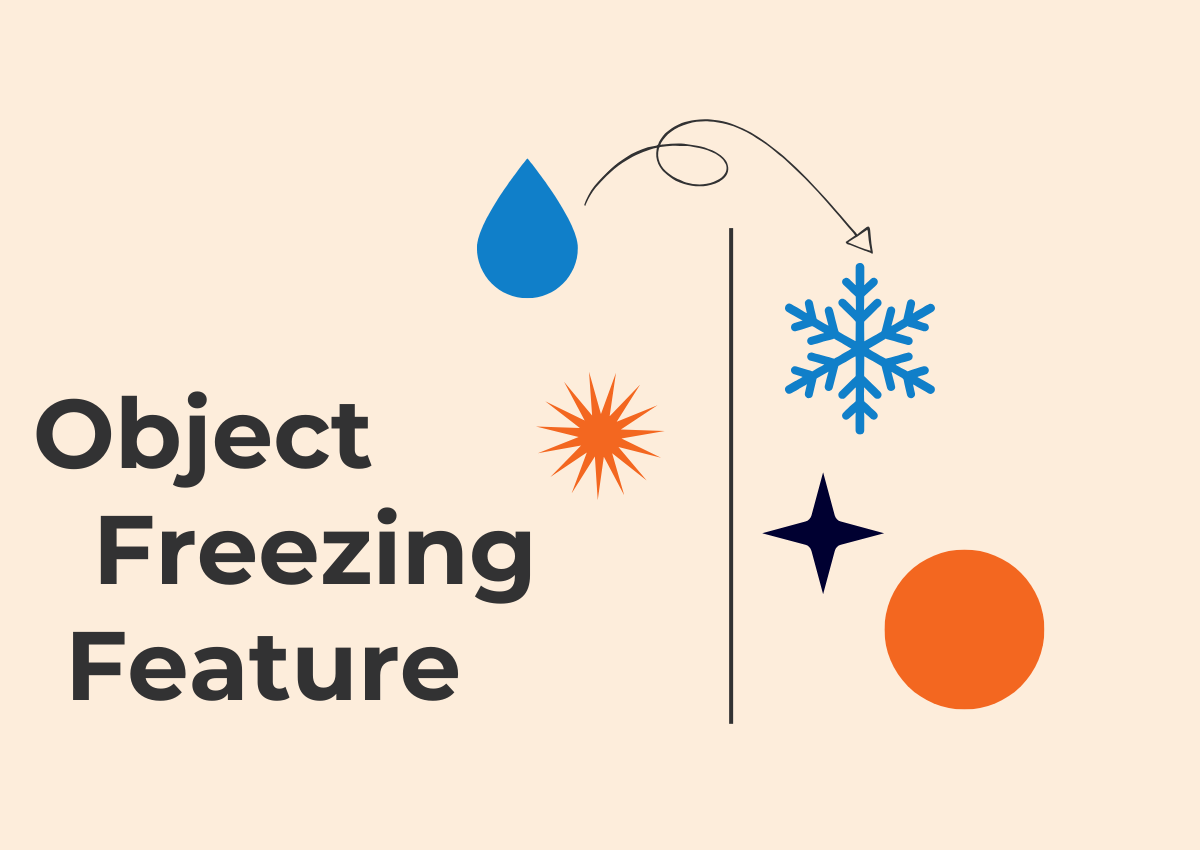The use of agile methods in marketing teams has become very popular and for many good reasons. Some teams, however, are not using it to its full potential. In order to get everything out of this method, your team should become as agile as possible.
63% of marketing leaders indicate agility as a high priority, but only 40% rate themselves as agile.
In today’s fast changing pace, we need to use a method to be able to keep up with everything! What can your marketing team do to become agile? Follow these steps to fully immerse yourself as an agile team to plan your next marketing campaign.
Introducing Part I of this agile series, you will find the benefits of following agile practices and how to become agile with your team.
What does it mean to be Agile in Marketing Teams?
When used correctly, agile methodology helps to organize your marketing team to reach long-term strategies in a short amount of time. It is a method that not only improves communication within your team but also aligns your campaigns with your products and services and your customers.
It can be challenging to put a new process in place, especially when your team has been used to a certain method for a long time. However, there are so many benefits of being agile that makes adjusting to this method worthwhile:
- Your projects can change quickly as marketing quickly changes. Each agile iteration should last anywhere from 2 to 6 weeks, which means that you can easily follow and update your projects as needed to follow unexpected changes.
- The team will get a sense of accomplishment because everyone understands where they stand and how much they contribute to the overall goal.
- Each team member will become motivated to work independently because each is responsible for contributing to the overall goal.
- Overall team productivity increases since a lot will get accomplished in a short amount of time.
By following each step of the agile method, your team will succeed in accomplishing tasks fast and easy while having a great sense of team spirit.
Introducing the Sprint
Each marketing iteration that you work on with the agile method is called a Sprint. The first meeting you will have with your team will be called a Sprint Planning. During this meeting, all participants will lay out goals and assignments that need to be accomplished for the current Sprint. Usually, Spring Planning meetings include:
- A schedule with the start and end date of the Sprint. Make sure to highlight employees’ vacation or any other reason for why a player might not be available.
- A completed list of realistic goals to be accomplished throughout this Sprint. The most important goals with the highest priority should be placed first.
- A list of duties that need to be completed to reach the goals for the current Sprint and assignments for each of them.
- An estimation of any additional costs and time for the Sprint.
Please note, when assigning each duty, don’t pressure players into a specific responsibility because it will ultimately delay the project at hand. Each player in the team will know what they are capable of accomplishing effectively.
As the project evolves, each duty will move throughout 3 stages: To do, In progress, and Complete. Using this layout closely relates to the Kanban system, making it completely clear what the team is working on. Throughout the Sprint, each duty will be updated on a daily basis, moving from stage to stage, allowing the team and any external parties to know exactly what is going on at all times.
If there are goals that have not been assigned because they don’t fit with this Sprint, don’t worry! You can add any untouched goals into the Backlog section. This section can be looked at after the current Sprint is finished.
Standup for Agile Teams
After the Sprint Planning meeting, you will then have quick daily meetings with your team called Standups. Sometimes taken literally, these meetings consists of each player reporting three things: what they did yesterday, what they are doing today, and any obstacles that they are facing, all while standing up.
This is only to emphasize that these meetings should be fast and last about 10-15 minutes. During Standups, the team will get a sense of what is being accomplished and find ways to help overcome any challenges players are having.
Sprint Review & Sprint Retrospective
When all your tasks have been completed, your team will have two final meetings before the Sprint is completely done. The first meeting is the Sprint Review, which goes over all the work that has been completed and their conclusions. It also highlights any duties that were not completed and the results of any hypothesis that were tested during the Sprint.
The Sprint Retrospective is the second meeting that your team will have. This meeting mainly focuses on how everything went during the entire Sprint and what improvements can be done to make things go more smoothly for the next one. It also includes approaches that could have been taken to alleviate challenges, or things that could have been improved for a better end result.
To Be Continued…

Following this methodology will not only make you more productive and get things done faster, but you will also create a better communication between you and your team.
Stay tuned for the continuation of this series on how to use Conceptboard to implement and perform agile practices with your team!




